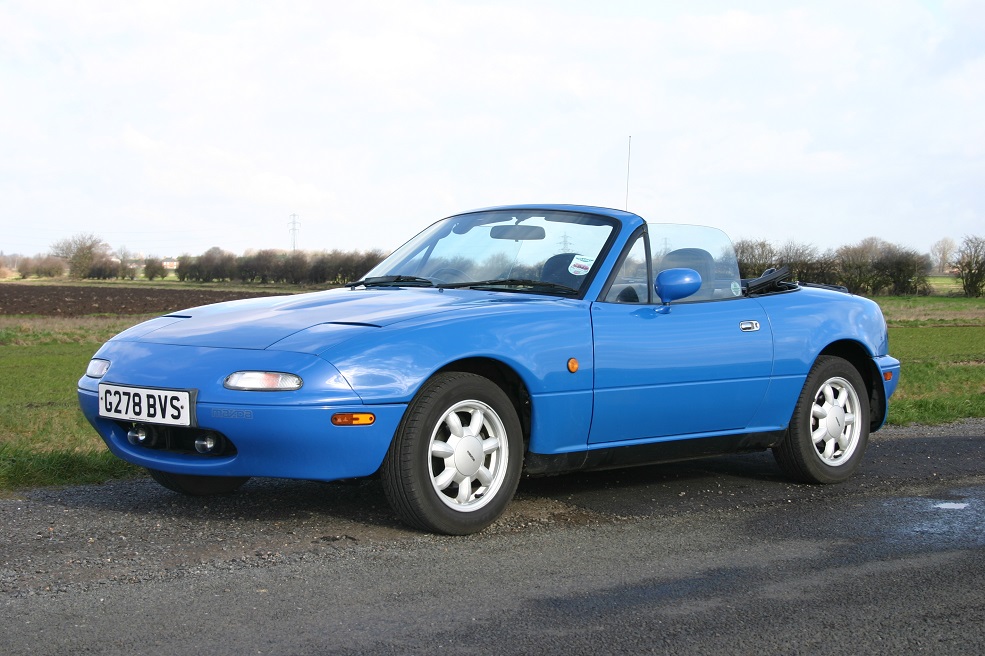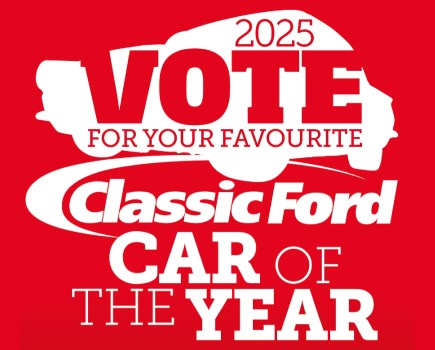With the UK’s scheduled departure from the European Union fast approaching, there can be little doubt the automotive industry faces an uncertain future in light of a potential ‘no deal’ Brexit. But while the manufacturing sector faces border delays that could fundamentally undermine just-in-time manufacturing, stopping production and tariffs adding extra expense, the UK classic’s auction houses paint a rosier picture for the classic car market in 2019 – one that’s buoyant, but crucially more realistic after the massive price rises witnessed in previous years.
At the very top end of the market, ‘best of the best’ blue-chip rarities have continued to attract impressive prices. For example, Bonhams’ Festival of Speed auction in July saw more than a third of the cars sold do so at above the high end of pre-sale estimates. A 1957 BMW 507 Roadster owned by John Surtees sold for £4million, while a 1961 Aston Martin MP209 DB4 GT Zagato reached £10.1 million.
However, only a fairly lacklustre 64 per cent of the cars sold, reflecting a wider market trend. According to the December 2018 UK Hagerty Price Guide (HPG) Classic Index, the market’s biggest recent fallers, in the main, are cars at the more affluent end of the scale, with early Jaguar E-Types, classic Aston Martins and 1980s Ferraris all been particularly affected.
Bad news then? Not when it comes to popular ‘everyman’ classics and those lower down the value scale – in other words, the sort of cars that the majority of classic car fans will be looking at. As we discussed in our December 12 issue, the general consensus is that the speculators are leaving the game, shifting the demographic of the market to one that’s enthusiast-led once again rather than investment driven. With the uncertainly surrounding Brexit more prominent than ever, more purchases are being made at the ‘safer’ lower end of the market. This in turn is increasing demand and the health of this sector of the market.
Matthew Parkin of popular classic car auction house Brightwells believes we could be in for a bumpy ride in 2019, but the overall picture is a positive one. “General ‘investor’ cars have dropped in value after (too) rapid rises,” he explained. “The very top end has remained buoyant, but only for the absolute right thing, while the enthusiast market has remained resilient as well as prices had not gone stupid. It’s a healthy picture – as prices drop, they come into the price range of a wider audience so as long as sellers are realistic, cars still continue to sell well – we sold over 75 per cent of the vehicles in our last sale.
Historics’ Auction Director Edward Bridger-Stille has also witnessed a similar market shift. “Higher value cars have become more difficult to sell whilst the mid-range values are holding. It’s still a case of the right car in the right condition with a sensible reserve will either deliver client expectations or, in many instances, exceed it.
Mr Bridger-Stille doesn’t believe that impending political issues will prove to be a problem for the market. “Post-Brexit, the market will re-kindle with more confidence. The classic car market place has proved resilient, predictably. People still want to buy and sell classic cars. Media scare-mongering, scrabbling for headlines and scandals will not ultimately damage British, and indeed, European reliance.”

Likewise, Tristram Belemore-Smith of East Anglian Motor Auctions is remaining upbeat. “The really high-end vehicles have seen some cooling off, but the demand for really original and well-restored classics is still continuing, with lots still increasing in price. Also project vehicles seem to forever amaze me!
“I cannot see anything that would suggest that the market is preparing for reversal, as there is still good demand out there. I think an interest rate change or two could see people cashing out however.”
As well as a shift to more enthusiast buyers rather than investors, Morris Leslie’s Keith Murray has noticed a further demographic change. “The most notable trend increase within the business is undoubtedly the generational growth of enthusiasm for classics, as younger buyers are becoming very active,” he told us. “The hope in 2019 is that the classic movement continues to grow as we have witnessed over the years, and I personally can see no reason why this should not be the case based on previous years.”
Rising demand
The surge in demand for value-driven classics id reflected in a surge of auction entries. Mathewsons had its best-ever year in 2018, with its final sale of the year in December attracting almost 200 entries. Morris Leslie also saved its busiest sale in 2018 until last, with its November sale topping 230 entries. Down in Poole, classic sales at South West Car Auctions (SWVA) has consistently achieved a selling ratio of 95-96 per cent, while CCA has organised an extra sale in 2019 to cater for market demand.
But that’s not all. There’s also an increase in online-only auctions, with the likes of Trade Classics emerging into the market and H&H Auctions set to host its first online sale on February 2. These are not the signs of a slowing market. Instead, the outlook is one of extra sales, optimism and more realistic pricing, which can only be good for the market if current trends continue – a fairly remarkable feat given worries about international trade wars.
If you’re really worried about losing money, consider this; according to the Auto Trader Retail Price Index, the average price of a used car reached a record £12,967 in November. That’s for a modern car that will most likely depreciate, rather than a popular classic that’s part of a buoyant market. We know where our money would go.




